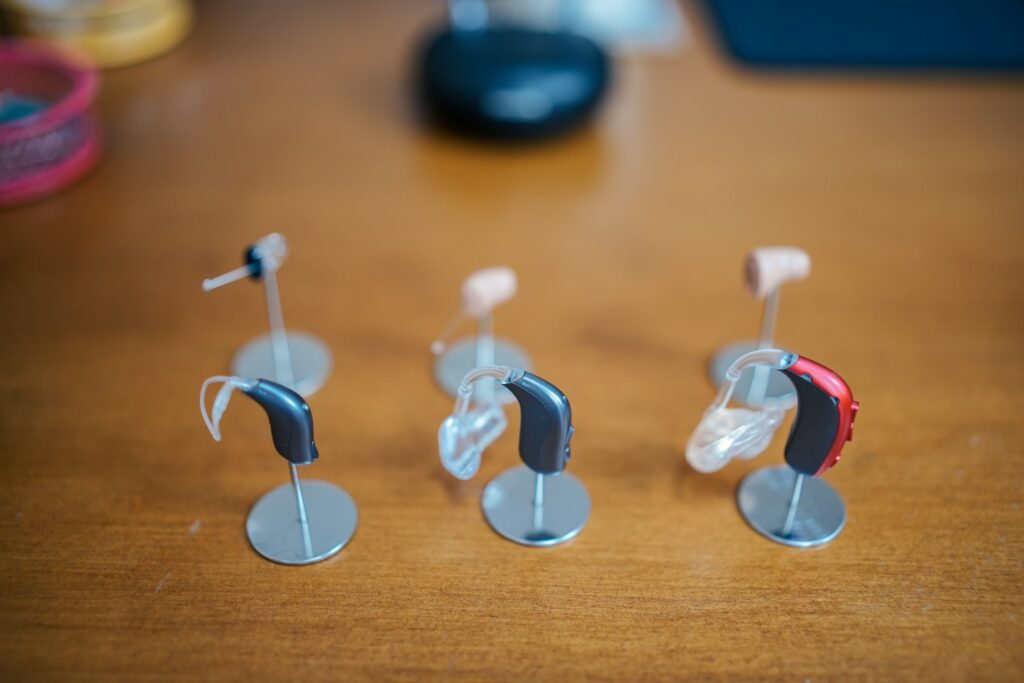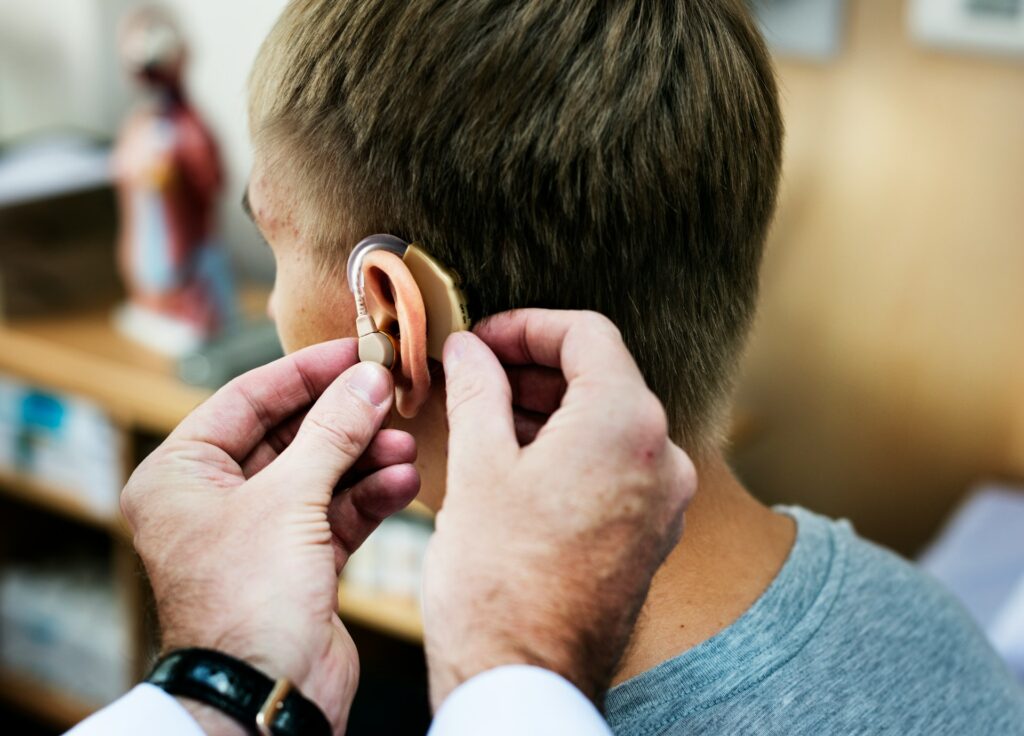Balance problems can make everyday tasks a challenge and may even pose safety risks. When getting up from a chair or even standing still feels unsteady, it might be time to explore what’s causing the issue. Balance disorders often stem from the inner ear, but there can be several other causes, including medical conditions and medication effects.
Recognising the signs of balance problems is essential for finding effective solutions. Symptoms like dizziness, vertigo, or frequent falls can significantly disrupt daily routines. Understanding these issues can help you take practical steps to improve your stability and regain confidence in your movements.
With the right approach, managing balance problems becomes much more straightforward. From simple exercises you can do at home to professional assessments, there are many resources available to help assess and treat balance issues. You’ll soon find yourself back on solid ground, enjoying a more balanced and secure life.
Recognising Balance Problems
Balance problems can manifest in several ways, and being able to recognise them is the first step towards getting help. Common symptoms include dizziness, a sensation of spinning (also known as vertigo), and the feeling of being unsteady or about to fall. You might also notice that you need to hold onto walls or furniture more frequently or that you experience blurred vision during certain activities.
These issues can have a significant impact on your daily life. Simple tasks like walking a straight line, navigating stairs, or even turning your head quickly can become daunting challenges. Balance issues can also induce anxiety, making social interactions or outdoor activities less enjoyable. This can lead to a more sedentary lifestyle, which may further exacerbate balance problems over time.
The causes of balance disorders are varied but often stem from issues within the inner ear, which plays a crucial role in maintaining equilibrium. Other causes might include side effects from medication, head injuries, or conditions affecting the nervous system. Identifying these root causes is essential for effective treatment and improved quality of life. By understanding more about these symptoms and their potential origins, you can better address their impact on your life.
Simple Exercises to Improve Balance
Improving balance through exercises can transform how you manage and mitigate your symptoms. These exercises can often be done in the comfort of your home and require little to no equipment. One simple exercise is the “heel-to-toe walk.” For this, stand with your arms at your sides and walk in a straight line by placing the heel of one foot directly in front of the toes of the other foot. This helps improve stability and coordination.
Another effective exercise is the “single-leg stand.” Stand up straight and lift one leg off the ground. Hold the position for 10 seconds, then switch legs. This strengthens your leg muscles and enhances your balance. Doing this exercise next to a wall or chair for support, if needed, ensures safety.
When moving, maintain balance by focusing on a point in front of you. Move slowly and mindfully, taking note of how your body feels. Regular yoga or tai chi sessions can also improve balance over time, as these practices focus on slow, deliberate movements and deep breathing.
Strengthening exercises, such as squats and lunges, contribute to better stability. These exercises fortify the muscles in your legs and core, essential for maintaining balance. Incorporating a routine that includes a mix of balance-focused and strength-building exercises helps maintain overall well-being and stability.
Professional Assessment and Diagnosis
When balance problems persist despite home exercises, it’s time to see a specialist. This is crucial because a professional can provide a detailed assessment to uncover the root cause. Consider making an appointment if you experience frequent dizzy spells, unsteadiness, or falls. Seeking help early can prevent these issues from worsening and affecting your quality of life.
During your visit, the specialist may conduct various tests to determine the cause of your balance issues. Common tests include the Dix-Hallpike test, which assesses vertigo and inner ear function, and the Posturography test, which evaluates how well you maintain balance under different conditions. Additionally, hearing tests may be performed if the issue is suspected to be related to the inner ear.
Understanding the results of these tests is essential for knowing what steps to take next. The specialist will explain the findings and may suggest a treatment plan that fits your specific needs. This could involve further tests, therapy options, or lifestyle modifications. Armed with this understanding, you’ll be better prepared to manage your balance issues effectively.
Treatment Options and Strategies
There are several treatment options available for managing balance problems, ensuring you can regain stability and confidence. Depending on the cause, your doctor might recommend medications to manage symptoms like dizziness and nausea. Vestibular rehabilitation therapy (VRT) is another effective approach where specialised exercises enhance balance and function.
Lifestyle changes significantly contribute to improving balance. Incorporating exercises like yoga or tai chi into your routine helps maintain balance and reduces the risk of falls. Additionally, ensuring a safe home environment by removing tripping hazards and adding grab bars in necessary areas like bathrooms can prevent accidents.
Hearing aids and other assistive devices can aid those experiencing balance issues related to hearing loss. These devices can help improve hearing and spatial awareness, thereby enhancing overall balance. Incorporating these strategies into your life not only addresses balance difficulties but also boosts your overall well-being and confidence.
Conclusion
Addressing balance issues requires a mix of understanding, action, and support. By recognising symptoms early and undertaking targeted exercises, you’re arming yourself with the tools to maintain stability. Professional assessments play a vital role in diagnosing the core problems and tailoring treatments specific to your needs. Implementing effective therapies and making necessary lifestyle changes ensure you live more securely and confidently.
Balance difficulties don’t have to hold you back. At Country Hearing Care, we’re here to assist you in finding the right solutions to keep you steady and sure on your feet. Whether you need a professional assessment or guidance on hearing aids, reach out to our expert team. At our Australian hearing clinic, we’re committed to helping you manage your balance issues so you can move forward without worry.










